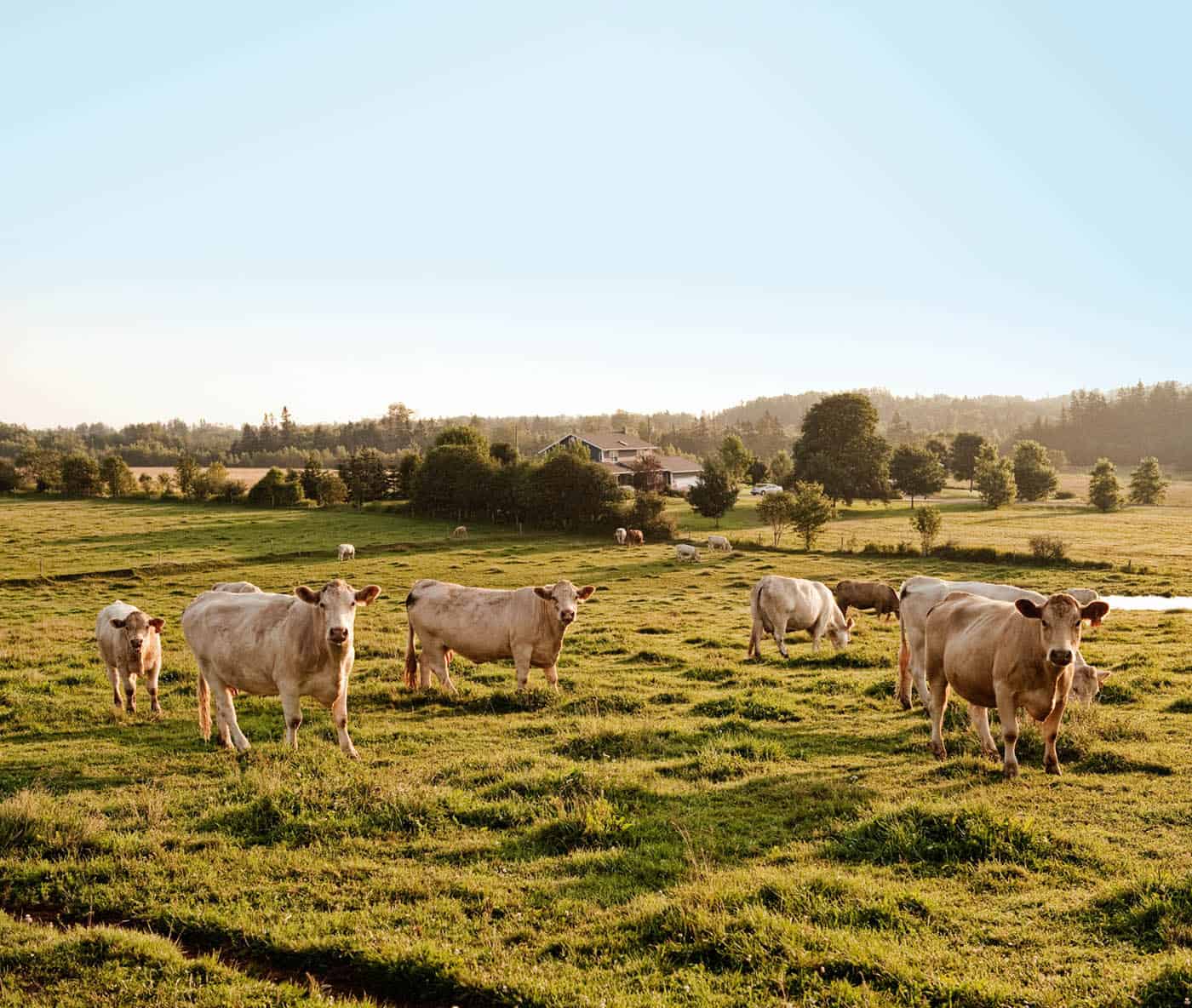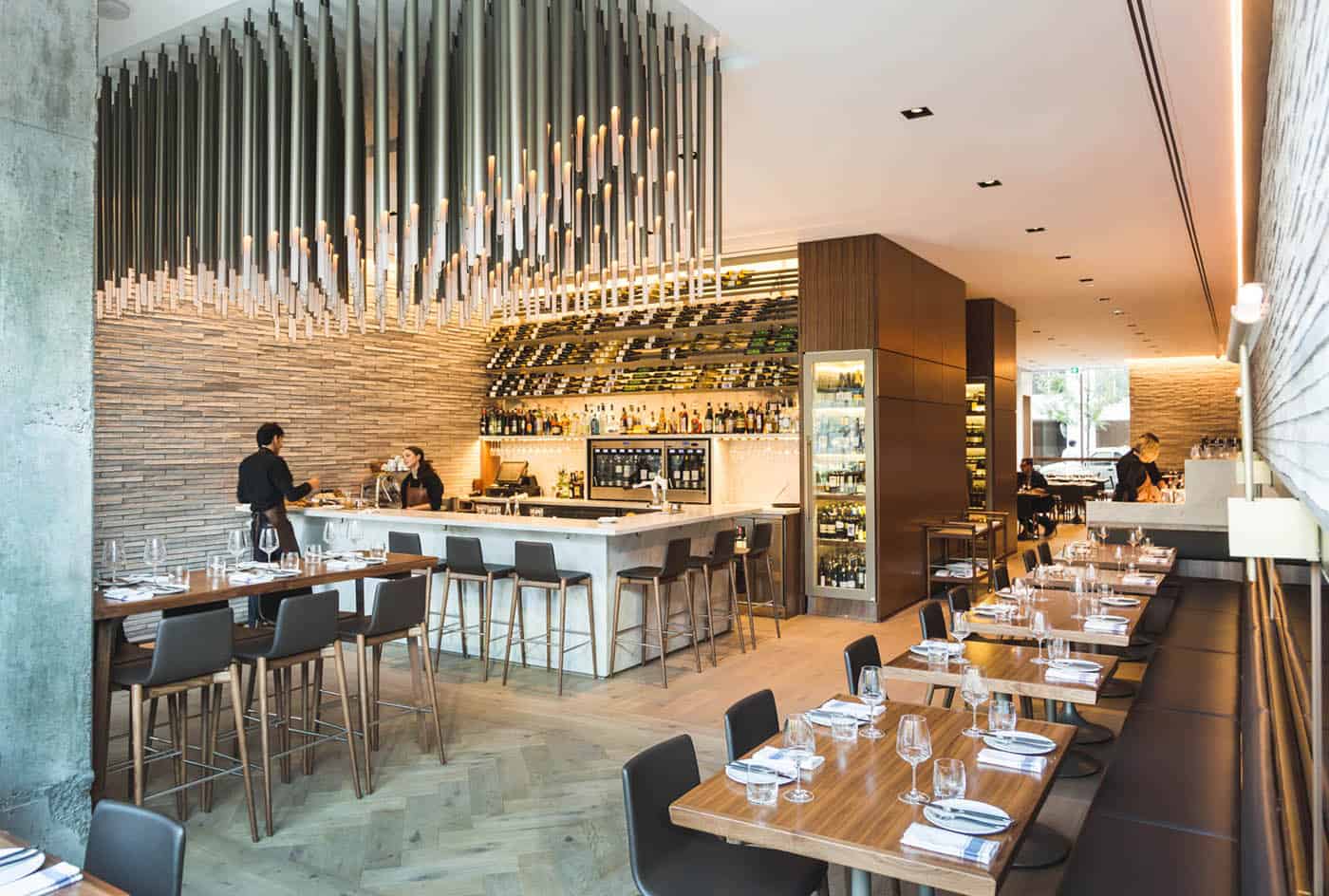Rob Gentile BUCA, TORONTO
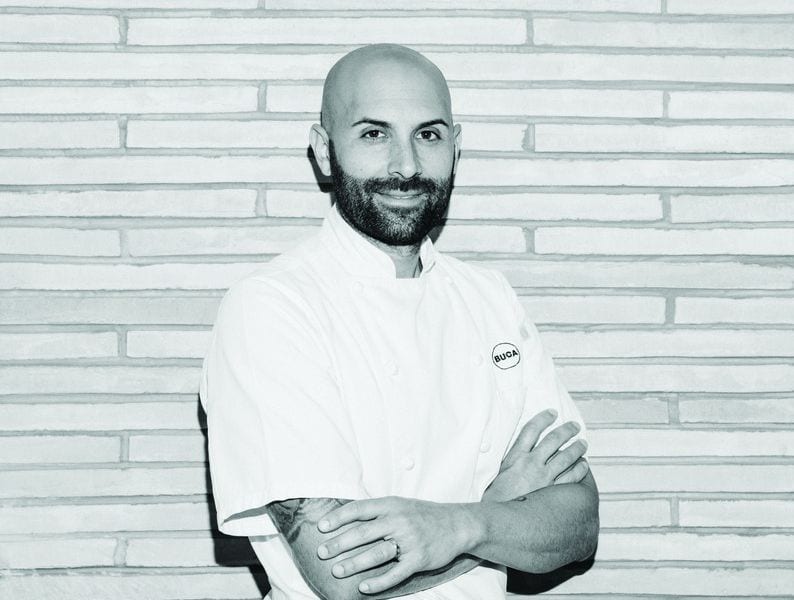
Canadian Terrior. My favourite ingredients are Canadian because they are so damn fresh. The ingredients are real. You know where they came from, you know what the season is. When things are imported, there’s always an underlying question mark. So, anytime I can make that connection between an Italian ingredient that’s grown here, I’m happy. I’ve been able to find locally grown agretti (see recipe, p. 83), along with puntarelle and radicchio. Puntarelle is a Roman-style chicory. It’s a fall vegetable. It’s like a fennel bulb, a sprig of asparagus and a dandelion in a threesome. In Italy they use it as a type of lettuce, but it’s a lot more hardy.
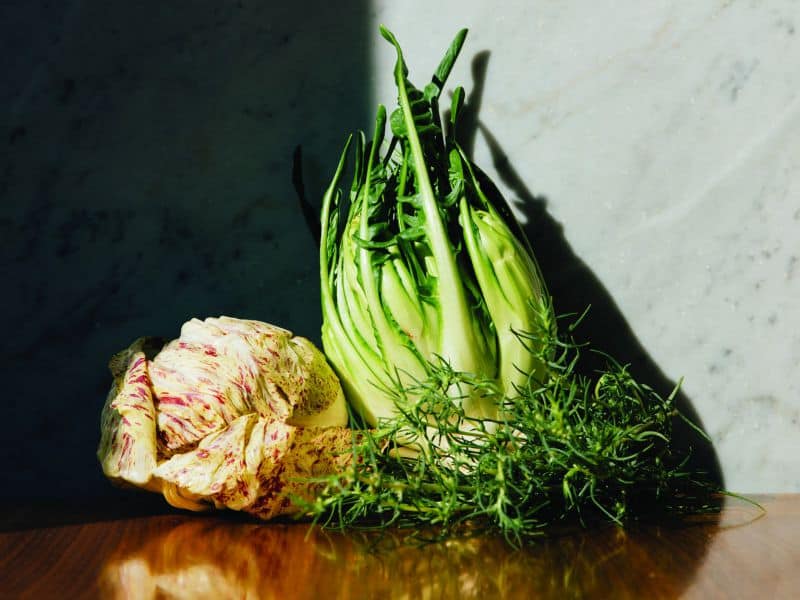 ONTARIO-GROWN RADICCHIO, PUNTARELLE AND AGRETTI
ONTARIO-GROWN RADICCHIO, PUNTARELLE AND AGRETTIPHOTOGRAPHY (GENTILE) BY RYAN SZULC
Jeff Kang CANIS, TORONTO

One of my favourite Canadian ingredients is the pine mushroom, also known as matsutake. I ate a lot of them growing up in Vancouver. My mom would pick them every fall. She’d slice them and cook them very lightly with sea salt—the best way to eat them. When the season was over, she would ferment or pickle them so we could eat them yearround. At Canis, we use them in our charcoal-roasted potato dish. We get them from Marc’s Mushrooms—they source from foragers in B.C.
 CHARCOAL POTATO WITH BUTTERMILK, FERMENTED MUSHROOM AND NASTURTIUM PODS, TOPPED WITH SHAVED RAW PINE MUSHROOM
CHARCOAL POTATO WITH BUTTERMILK, FERMENTED MUSHROOM AND NASTURTIUM PODS, TOPPED WITH SHAVED RAW PINE MUSHROOMPHOTOGRAPHY BY JASON MCKENZIE
Ivana Raca UFFICIO, TORONTO
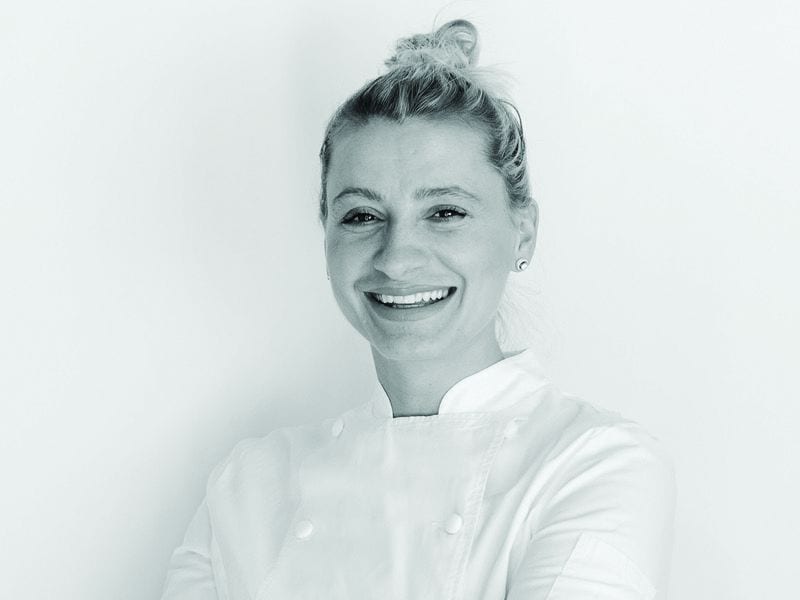
I’m a big fan of maple syrup in any way. It’s a totally different kind of sweet. It works in barbecue sauces, in creams or on its own. I like to use it in a salad. I do beet salad with walnuts, walnut oil, pomegranate and truffle oil. Pecorino on the bottom soaks up the juices, and it’s the maple syrup that pulls it all together. Same thing with the squash salad on the menu at Ufficio right now. How you use maple syrup is up to you: it can be so complex and so simple. So, it’s your choice to take something and elevate it or keep it basic. I’ve always got something with maple syrup on the menu. Every time I go to Quebec, I come back with 30 cans.
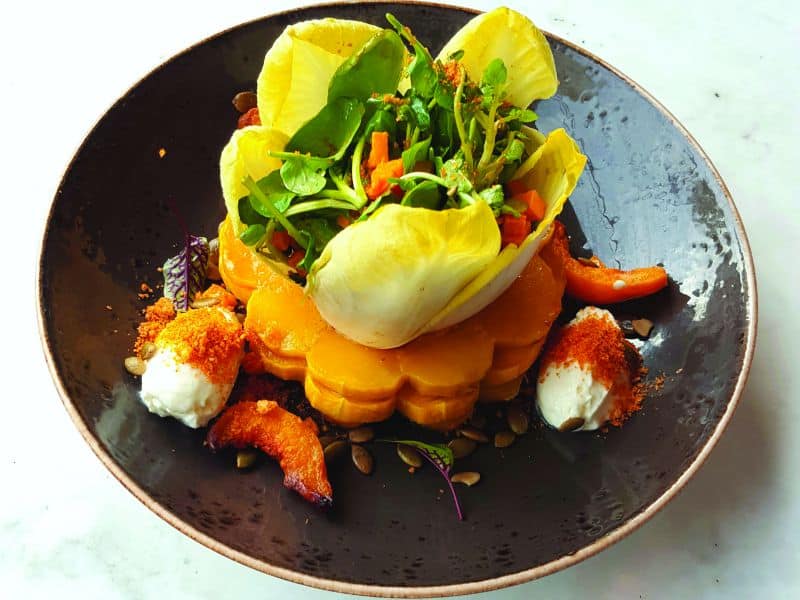 SQUASH SALAD WITH MAPLE SYRUP VINAIGRETTE
SQUASH SALAD WITH MAPLE SYRUP VINAIGRETTEPHOTOGRAPHY BY @ENGCLAU
Jason Bangerter LANGDON HALL, CAMBRIDGE
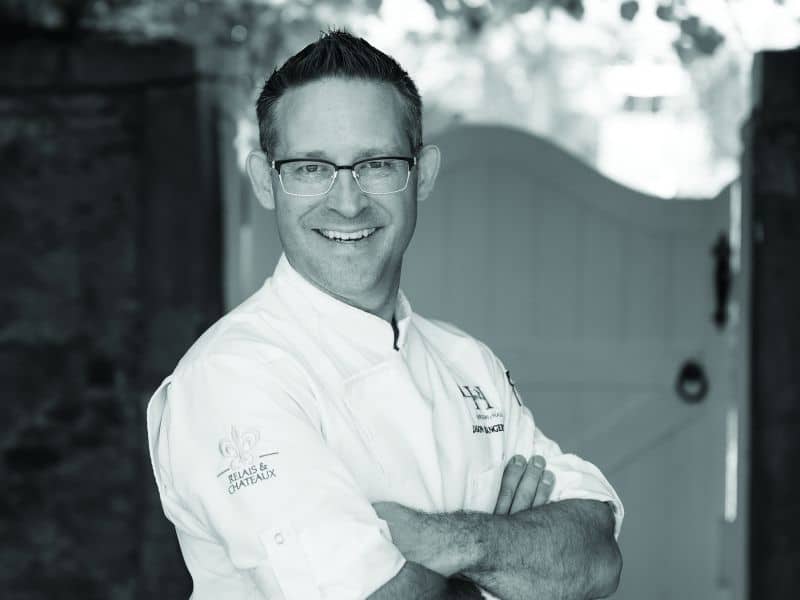
I first tried heritage hens three years ago. They were introduced to me by farmer Murray Thunberg from Murray’s Farm. These are true bloodline hens—all different shapes and sizes with different feather patterns, different egg sizes and colour, and different meat textures and fat ratio. From breakfast to lunch to dinner, we use the heritage hen and its eggs in everything from baking and desserts to individual savoury dishes. We use the whole animal—eggs, bones, meat, liver, skin, feet—in all sorts of ways.
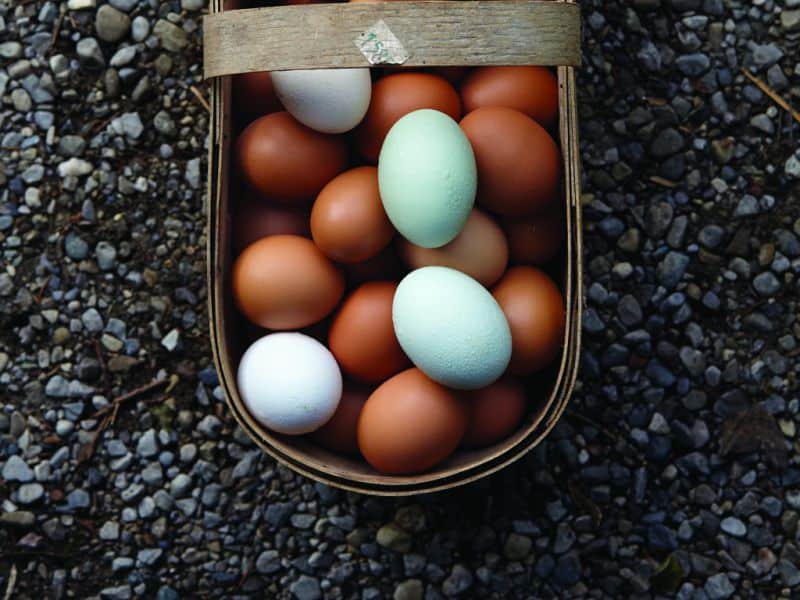 WHICH CAME FIRST, THE HERITAGE HEN OR ITS MULTI-COLOURED EGGS?
WHICH CAME FIRST, THE HERITAGE HEN OR ITS MULTI-COLOURED EGGS?PHOTOGRAPHY; (BANGERTER) COURTESY OF LANGDON HALL; (WALSH) BY RYAN SZULC;
Anthony Walsh OLIVER & BONACINI RESTAURANTS
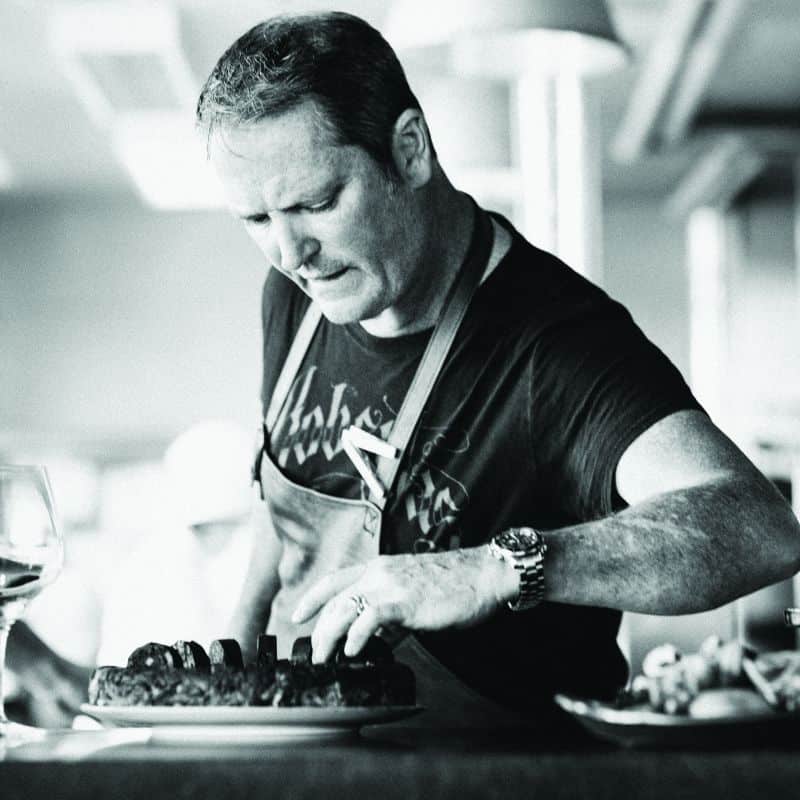
I love sea buckthorn. You can get it across the country, and we don’t have many native ingredients that have that pronounced citrus bright end. I’ve been using the berries for decades in savoury and sweet applications. At one point at Canoe, when I was young and punky, I declared that we’d use no citrus, and so sea buckthorn and sumac were the only way to get those flavours. From a velvety curd in a tartlet to a slap-you-across-the-face base for a pickerel ceviche, the breadth of uses is mind-boggling. We freeze them for use off-season. We use them as an addition to simple barbecue sauces and in a vinaigrette, where they give an unbelievable colour. They’re great in cocktails, too.
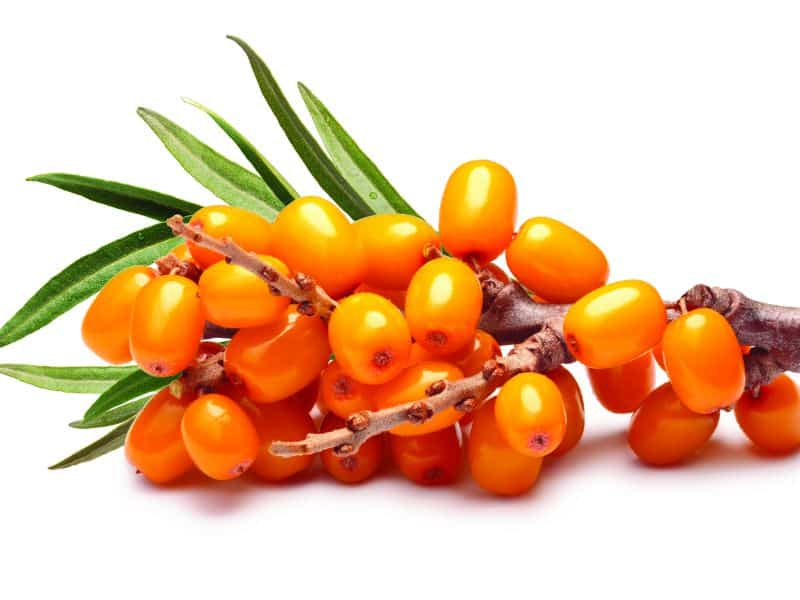 SEA BUCKTHORN ON THE BRANCH
SEA BUCKTHORN ON THE BRANCHPHOTOGRAPHY BY HORTIMAGES/SHUTTERSTOCK
Guy Rawlings MONTGOMERY’S, TORONTO

When my daughter was one, we wanted to get some raw milk for her, which of course is impossible to obtain and in many ways illegal. So we bought a cow from an Amish farmer in the Kawarthas. It was a Canadienne, which has roots in Charlevoix and is the only breed of dairy cow native to North America. It was only ever fed on grass and we got her when she was four. Eventually the farmer who was taking care of it for us wasn’t able to continue, so we had to slaughter her when she was six. So Snackies the Cow went on the menu at Montgomery’s last fall. The smell of grass in the car, when we brought her to the restaurant, was amazing. We used the tender cuts immediately. We aged the hips seven months and made a sort of bresaola. We rubbed the ribeyes in their own fat and aged them nine months, and served small pieces to guests. Just this fall we’ve used up the last of her—we’d cured the scraps into tough little pieces for shaving over dishes, like our zucchini with lovage butter and melted “1608” cheese from Laiterie Charlevoix, which is also made from Canadiennes.
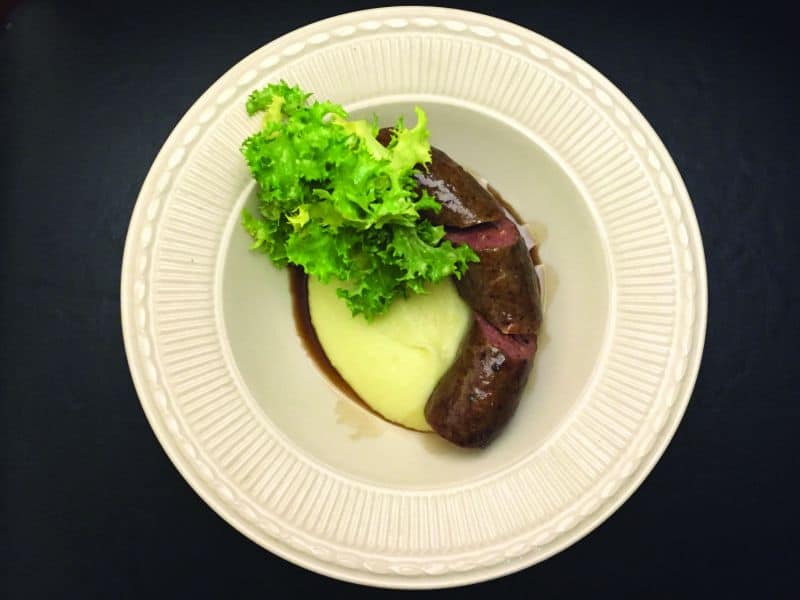 DAIRY COW SAUSAGE WITH POMME PURÉE AND GREENS
DAIRY COW SAUSAGE WITH POMME PURÉE AND GREENSPHOTOGRAPHY: (RAWLING) BY MONTGOMERYS
Paul Moran TOFINO RESORT + MARINA, TOFINO
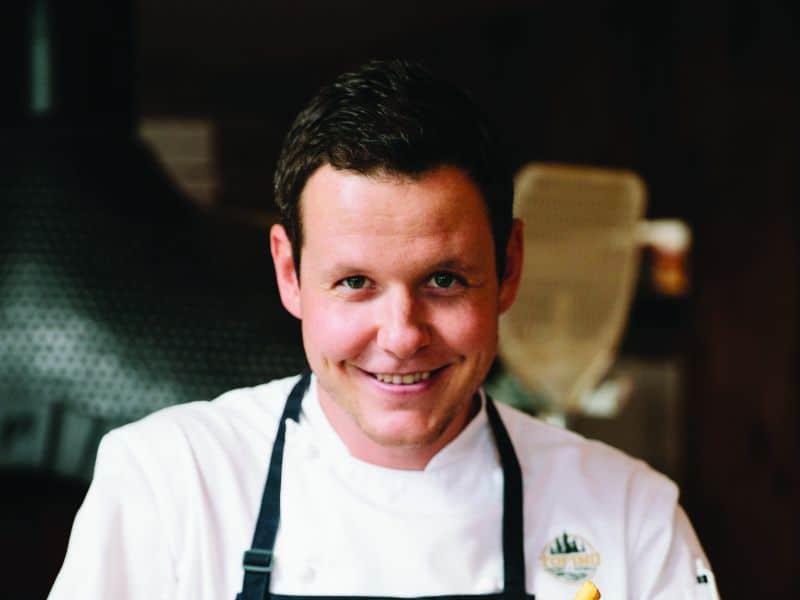
My introduction to foraging began when I was 12. A fourth-generation mushroom picker I became that day, climbing through the burnt hillsides of the Okanagan Valley looking for the elusive morel. I grew up in a family full of mushroom pickers, and we often had them as a weekly staple for dinner. Stuffing at Thanksgiving and Christmas, perogy dinners, steak night, stir fry… We most often sautéed them in olive oil and butter, onions, white wine and oregano. Today, since I live and work in Tofino, chanterelles are my go-to ingredient. Anyone and everyone can bike down the road with a basket and a knife. Our staff join in regularly for the hunt. Freshly picked chanterelles have an aroma of ripe apricot. Their quick cook time and beautiful shape are stunning on any dish or even served by themselves on a good slice of toast. Larger specimens can be cut up and cooked in a more rustic manner, or chopped and folded into your favourite weekday dinner. I love featuring them on pizza with slow-cooked onions, nutmeg, Taleggio cheese, crème fraîche and double-smoked bacon. They also make an amazing pickle to be served with your favourite cheese or charcuterie.
 PAUL MORAN WITH FRESHLY FORAGED TOFINO CHANTERELLES
PAUL MORAN WITH FRESHLY FORAGED TOFINO CHANTERELLESPHOTOGRAPHY: BY KYLER VOS

